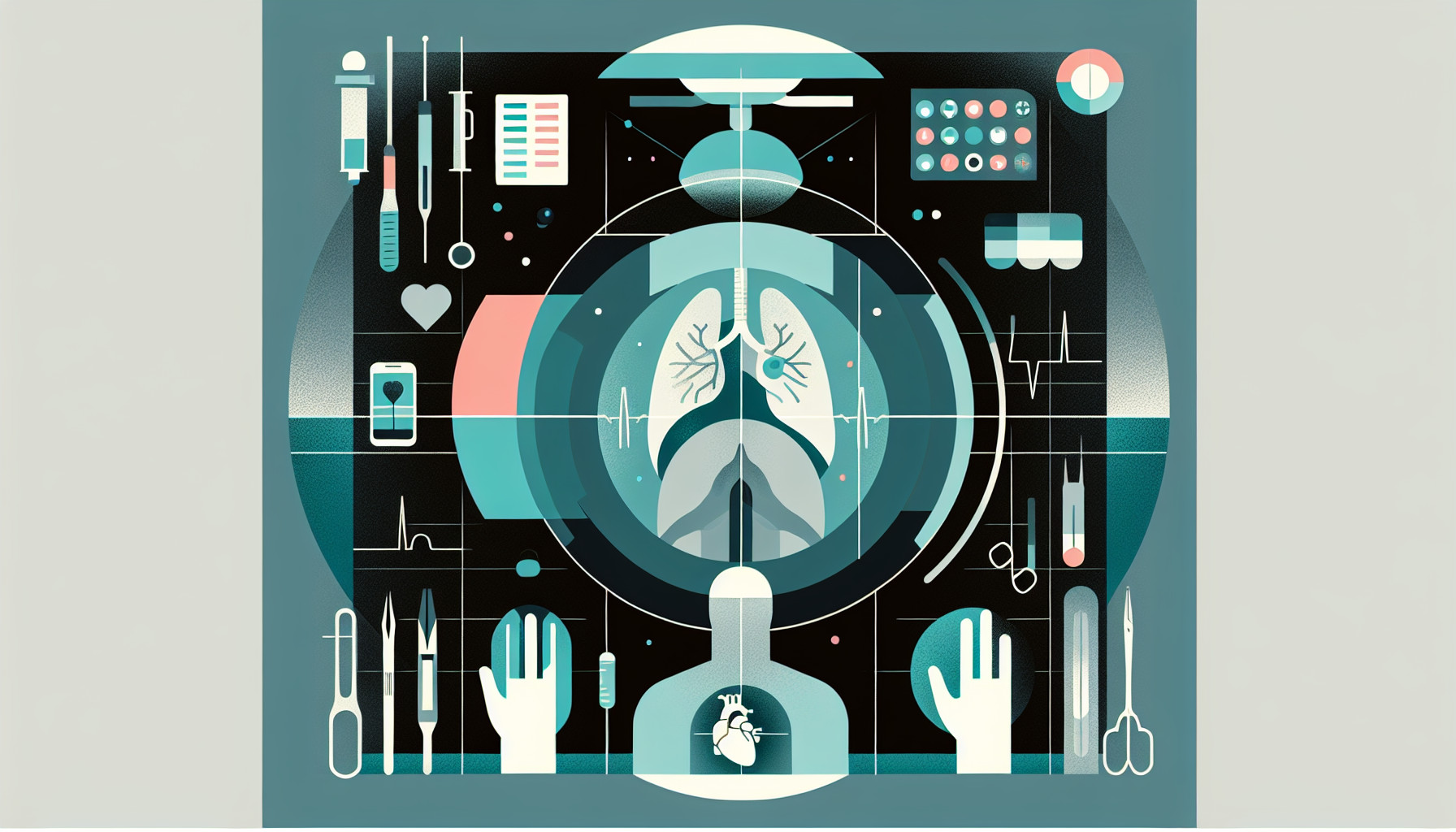Our Summary
This research paper is about a study that was conducted to understand what the general public thinks about breast reconstruction, specifically focusing on the role of nipples in the process. The researchers created a survey and distributed it through a website called Amazon Mechanical Turk to collect people’s opinions.
Almost 1,000 people participated in the survey and the majority were women, white, aged 30-39, and had a bachelor’s degree. About 44% of the participants had personally experienced breast reconstruction and about 26% had experienced nipple reconstruction. The survey found that people have strong preferences for certain aspects of breast and nipple reconstruction. For example, women in the survey were more likely to want nipples to be reconstructed, saw a breast without a nipple as complete, and didn’t think the shape of the nipple was very important.
People who had personally experienced nipple reconstruction were willing to go through more procedures to make sure the nipple and surrounding area looked as natural as possible and to increase the chances of the nipple surviving after surgery.
The researchers concluded that crowdsourcing is a good way to collect opinions and can be useful in the field of plastic surgery. They found that the nipple plays a crucial role in breast reconstruction, as most respondents didn’t think a breast without a nipple looked complete. The results indicated that when possible, reconstruction should aim to keep both nipples. The study also highlighted that different people can have different views on what makes a successful aesthetic outcome.
FAQs
- What demographic made up the majority of the survey participants in the study about nipple reconstruction?
- What was the overall consensus on the importance of nipple reconstruction in the process of breast reconstruction?
- How does the study suggest the information gathered could be useful in the field of plastic surgery?
Doctor’s Tip
One helpful tip a doctor might tell a patient about nipple reconstruction is to carefully consider the shape and size of the reconstructed nipple to ensure it looks as natural as possible. Additionally, it is important to follow post-operative care instructions to promote proper healing and increase the chances of the reconstructed nipple surviving long-term. Patients should also communicate openly with their surgeon about their preferences and expectations for the outcome of the procedure.
Suitable For
Patients who have undergone mastectomy, either due to breast cancer or other medical reasons, are typically recommended nipple reconstruction. Nipple reconstruction is often performed as part of the overall breast reconstruction process to help restore a more natural appearance to the breast. Patients who desire a more complete and natural-looking breast after mastectomy may opt for nipple reconstruction. Additionally, patients who have undergone breast reconstruction without nipple reconstruction may later decide to undergo nipple reconstruction to further enhance the aesthetic outcome.
Timeline
Before nipple reconstruction, a patient typically undergoes a mastectomy to remove breast tissue. This can be a traumatic experience for many individuals, as it involves the loss of a part of their body and can impact their self-esteem and body image. After the mastectomy, the patient may choose to undergo breast reconstruction surgery, which can involve the creation of a new breast mound using implants or tissue from another part of the body.
Nipple reconstruction is often the final step in the breast reconstruction process. This procedure involves creating a new nipple and areola on the breast mound to restore a more natural appearance. Before the actual reconstruction surgery, the patient may have consultations with their plastic surgeon to discuss their goals and expectations for the procedure. The surgeon will also assess the patient’s skin quality and determine the best technique for nipple reconstruction.
After nipple reconstruction, the patient will need to follow post-operative care instructions provided by their surgeon. This may include keeping the surgical site clean and dry, avoiding strenuous activities that could disrupt the healing process, and attending follow-up appointments with the surgeon to monitor progress. Over time, the new nipple and areola will heal and settle into a more natural appearance.
Overall, nipple reconstruction can have a significant impact on a patient’s physical and emotional well-being, as it can help restore a sense of wholeness and femininity after breast cancer treatment. It is important for patients to have realistic expectations for the outcome of the procedure and to communicate openly with their surgeon about their goals and concerns.
What to Ask Your Doctor
Some questions a patient should ask their doctor about nipple reconstruction include:
- What are the different techniques available for nipple reconstruction?
- What are the potential risks and complications associated with nipple reconstruction surgery?
- How long does the recovery process typically take after nipple reconstruction?
- Will the sensation in my nipple be affected after reconstruction?
- How realistic can I expect the appearance of my reconstructed nipple to be?
- Are there any additional procedures or touch-up surgeries that may be needed after the initial reconstruction?
- How will the reconstructed nipple affect the overall appearance of my breast?
- Are there any alternative options to nipple reconstruction that I should consider?
- What are the costs associated with nipple reconstruction surgery and will my insurance cover it?
- Can you show me before and after photos of previous patients who have undergone nipple reconstruction?
Reference
Authors: Azadgoli B, Gould DJ, Vartanian E, Patel KM. Journal: Aesthet Surg J. 2019 Aug 22;39(9):NP370-NP376. doi: 10.1093/asj/sjy281. PMID: 30329011
